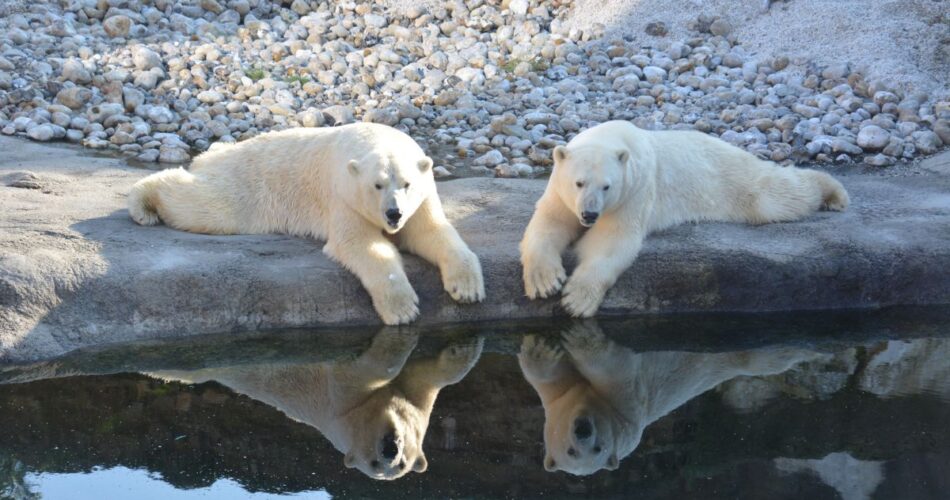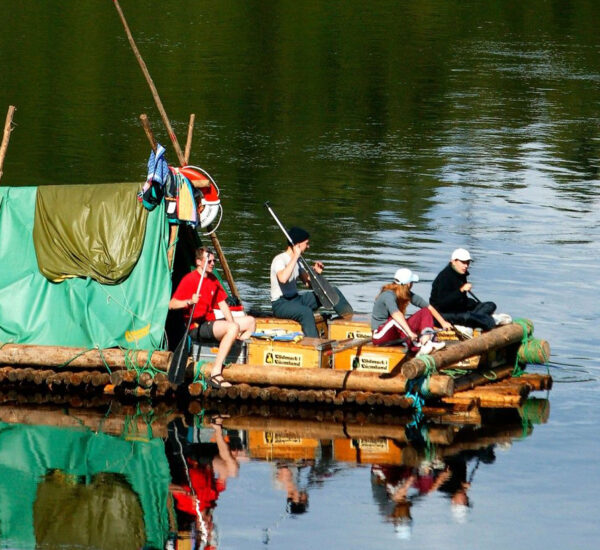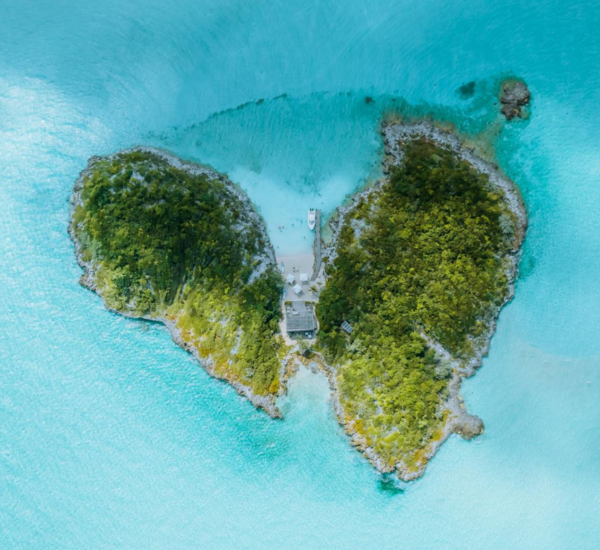Yes, there are polar bears in Alaska.
Alaska, often referred to as “The Last Frontier,” is renowned for its breathtaking landscapes, diverse wildlife, and extreme climate conditions. One of the most iconic creatures associated with this remote state is the polar bear. In this article, we will delve into the intriguing question: Are there polar bears in Alaska? Let’s embark on a journey to explore the Arctic wildlife of this magnificent region.
The Polar Bear’s Natural Habitat
Understanding the Arctic Region
To comprehend the presence of polar bears in Alaska, we must first understand the Arctic region. Alaska boasts a substantial portion of the Arctic, a vast expanse of frozen tundra, glaciers, and icy waters that stretches across the northernmost part of North America.
Arctic Ocean: The Polar Bear’s Playground
The Arctic Ocean is the primary habitat of polar bears. These magnificent creatures have evolved to thrive in the harsh Arctic environment, where ice and frigid waters define their existence.
Polar Bear Distribution in Alaska
Coastal Regions
Polar bears in Alaska are predominantly found along its extensive coastline. These bears are known as marine mammals, as they spend a significant part of their lives on sea ice hunting seals.
Northern Alaska
Northern Alaska, including the Arctic National Wildlife Refuge, is a prime location for polar bear sightings. The refuge is home to diverse Arctic wildlife, including these majestic bears.
The Impact of Climate Change
Melting Sea Ice
The presence of polar bears in Alaska faces a significant threat due to climate change. Melting sea ice in the Arctic disrupts the bears’ hunting patterns and poses a severe challenge to their survival.
Conservation Efforts
Efforts are underway to protect the polar bear population in Alaska. Conservation initiatives aim to address the challenges posed by a changing climate and human activities.
Wildlife Encounters in Alaska
Beyond Polar Bears
While polar bears are a highlight of Alaska’s wildlife, the state offers a plethora of other unique creatures, including moose, bald eagles, wolves, and grizzly bears.
Read for more content: Fun things to do between Christmas and new year
Experiencing Arctic Wildlife Safely
Guided Tours
For those eager to witness polar bears and other Arctic wildlife in their natural habitat, guided tours are available. These tours offer a safe and educational way to explore Alaska’s wilderness.
Responsible Tourism
Responsible tourism practices are essential to preserving Alaska’s fragile ecosystems and protecting its wildlife. Visitors are encouraged to minimize their impact on the environment.
Conclusion
Alaska’s Arctic region is indeed home to polar bears, making it a unique destination for wildlife enthusiasts. However, the survival of these magnificent creatures is at risk due to the changing climate. By supporting conservation efforts and practicing responsible tourism, we can ensure that future generations will have the opportunity to marvel at the wonders of Alaska’s Arctic wildlife.
FAQs
Are polar bears dangerous to humans in Alaska?
While polar bears are typically not a threat to humans, it’s essential to exercise caution and follow safety guidelines when in polar bear territory.
How can I see polar bears in the wild in Alaska?
Joining guided wildlife tours in coastal and northern regions of Alaska is the safest way to spot polar bears.
What other Arctic animals can I encounter in Alaska?
Alaska is home to a diverse range of Arctic wildlife, including seals, sea lions, walruses, and various bird species.
What is the best time to visit Alaska for wildlife sightings?
The best time to see polar bears and other Arctic wildlife in Alaska is during the late spring and early summer months when they are most active.
How can I contribute to polar bear conservation efforts in Alaska?
Donations to wildlife conservation organizations and supporting sustainable practices during your visit can help protect polar bears and their habitat.



